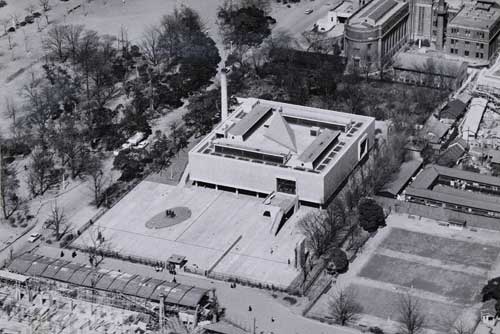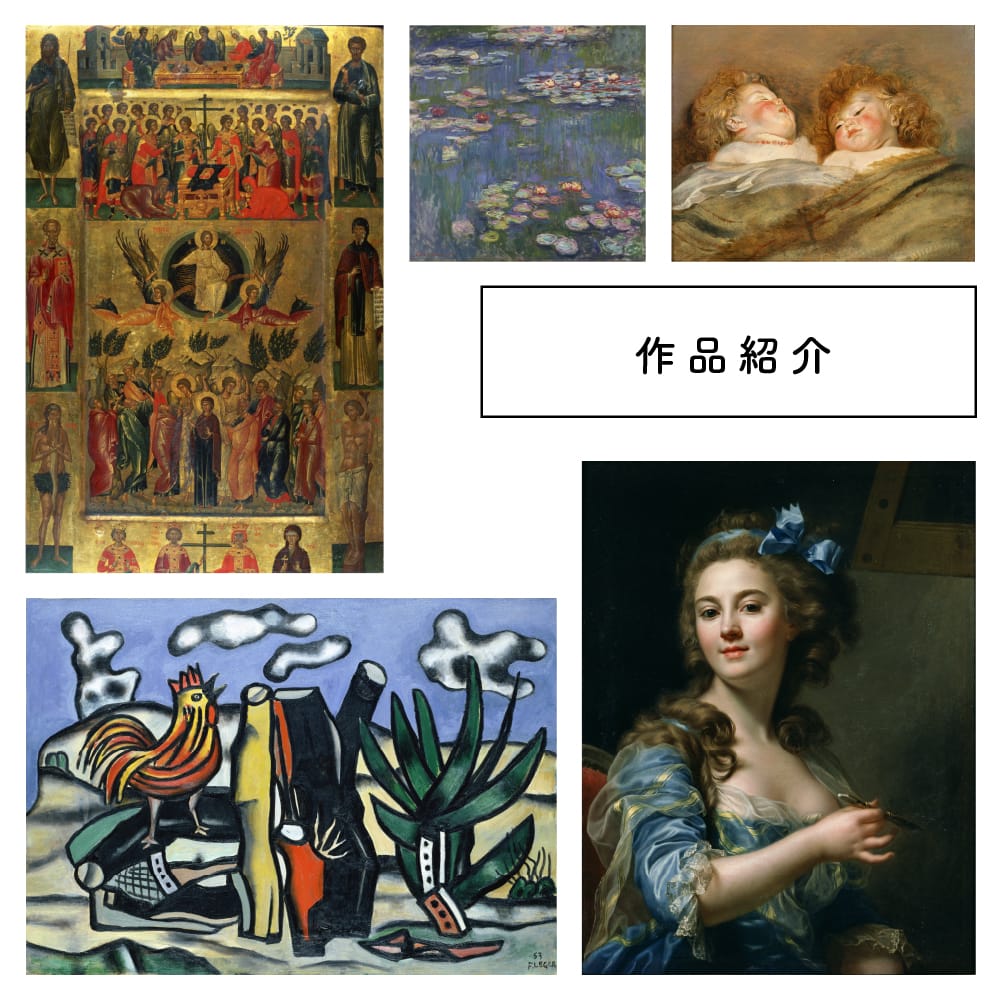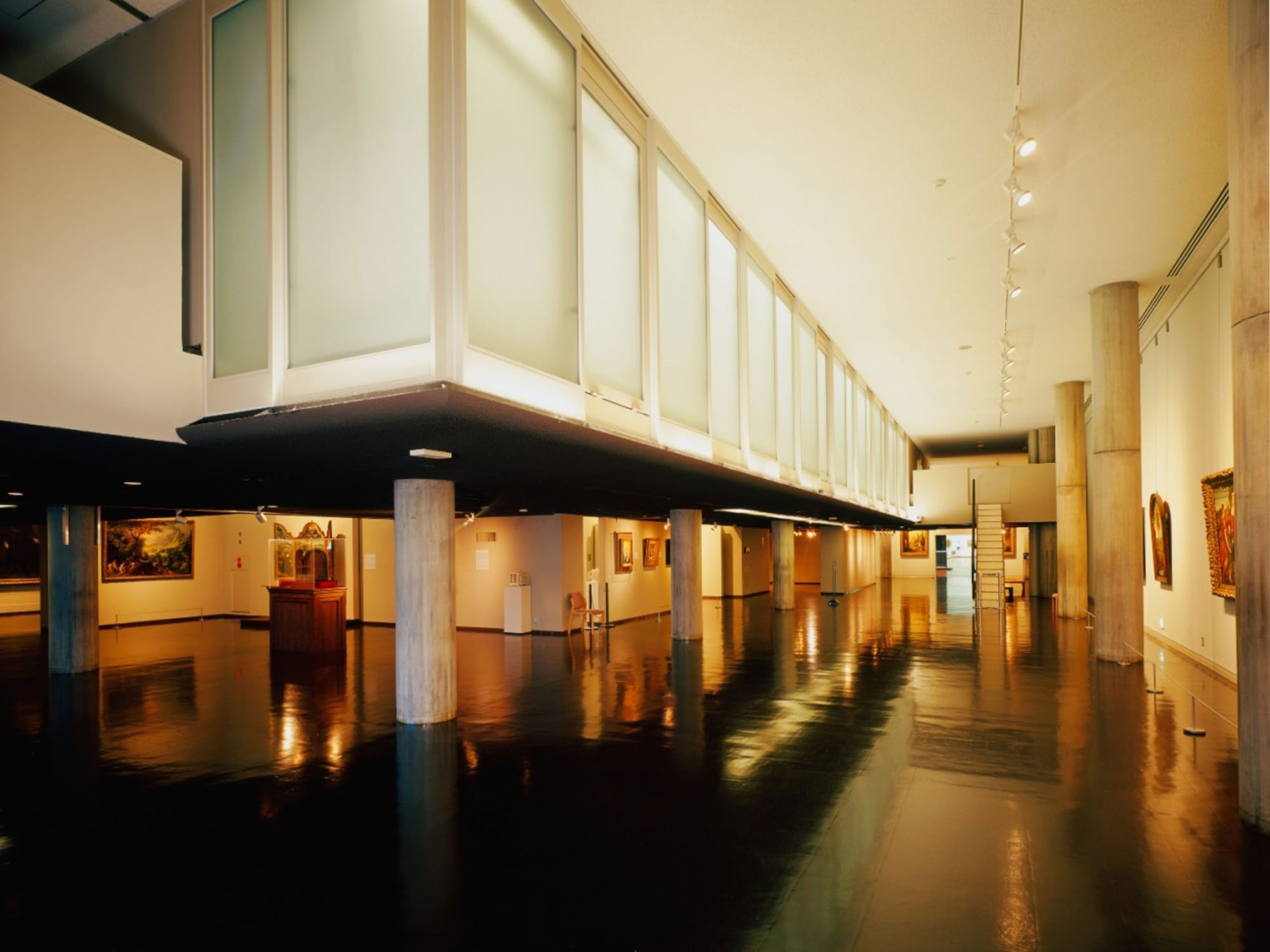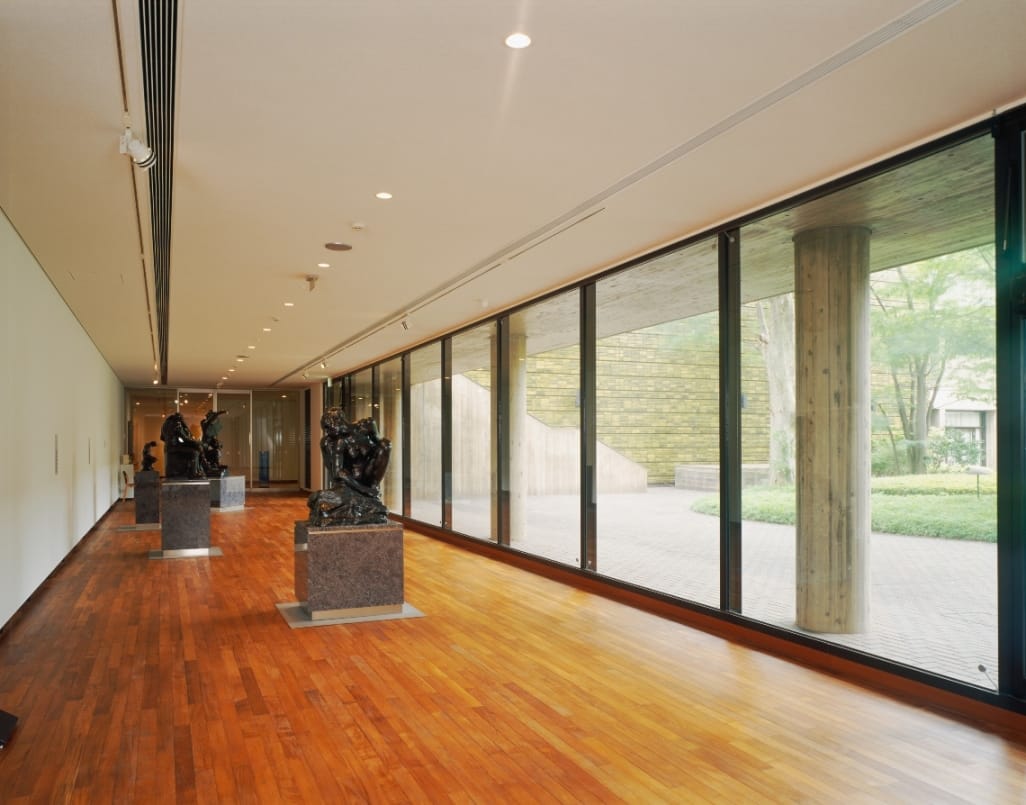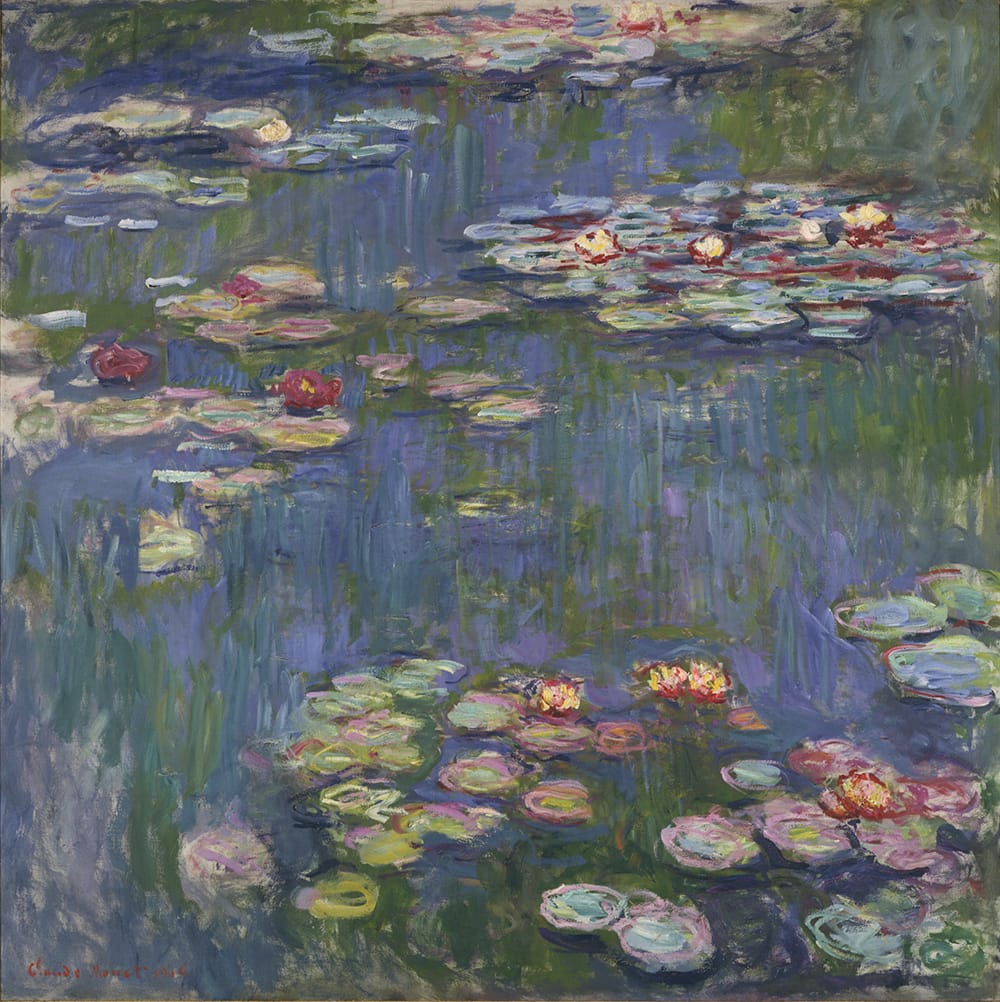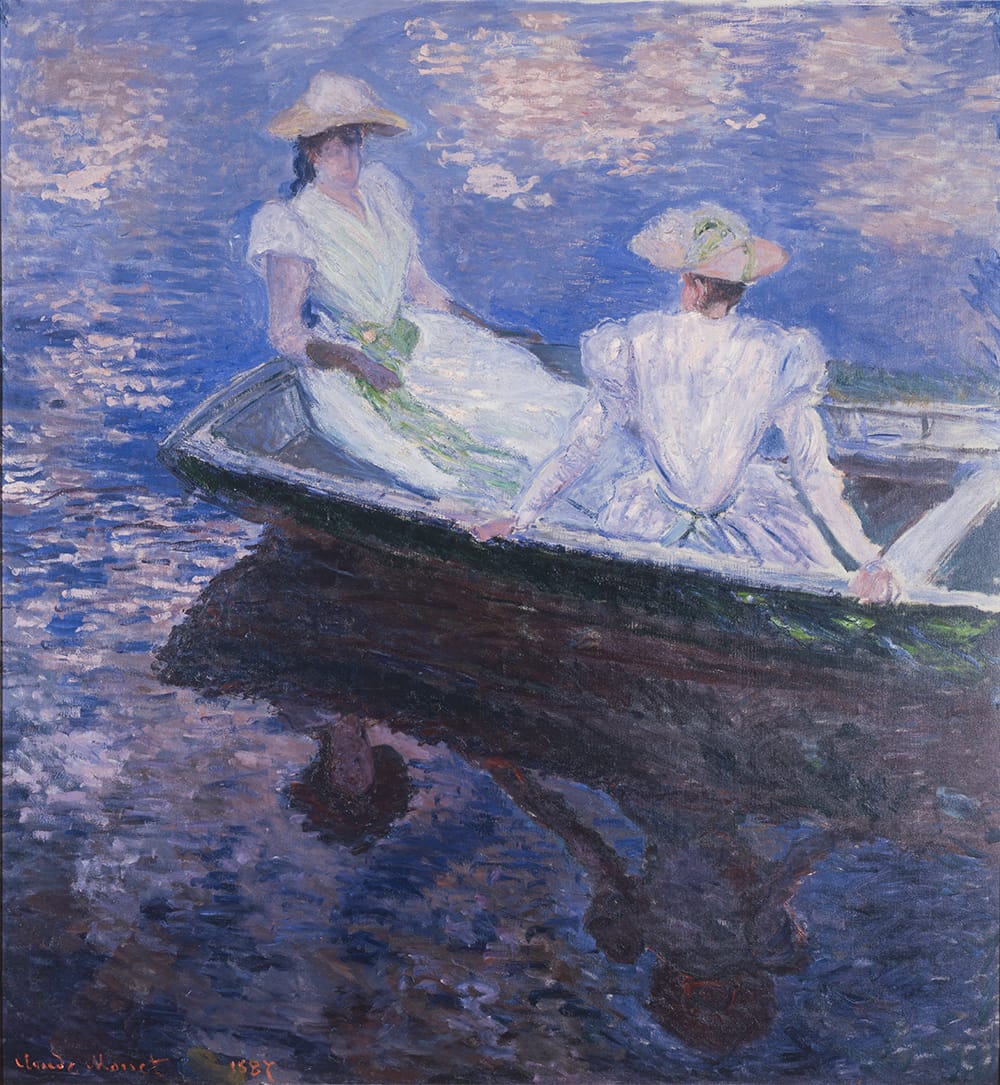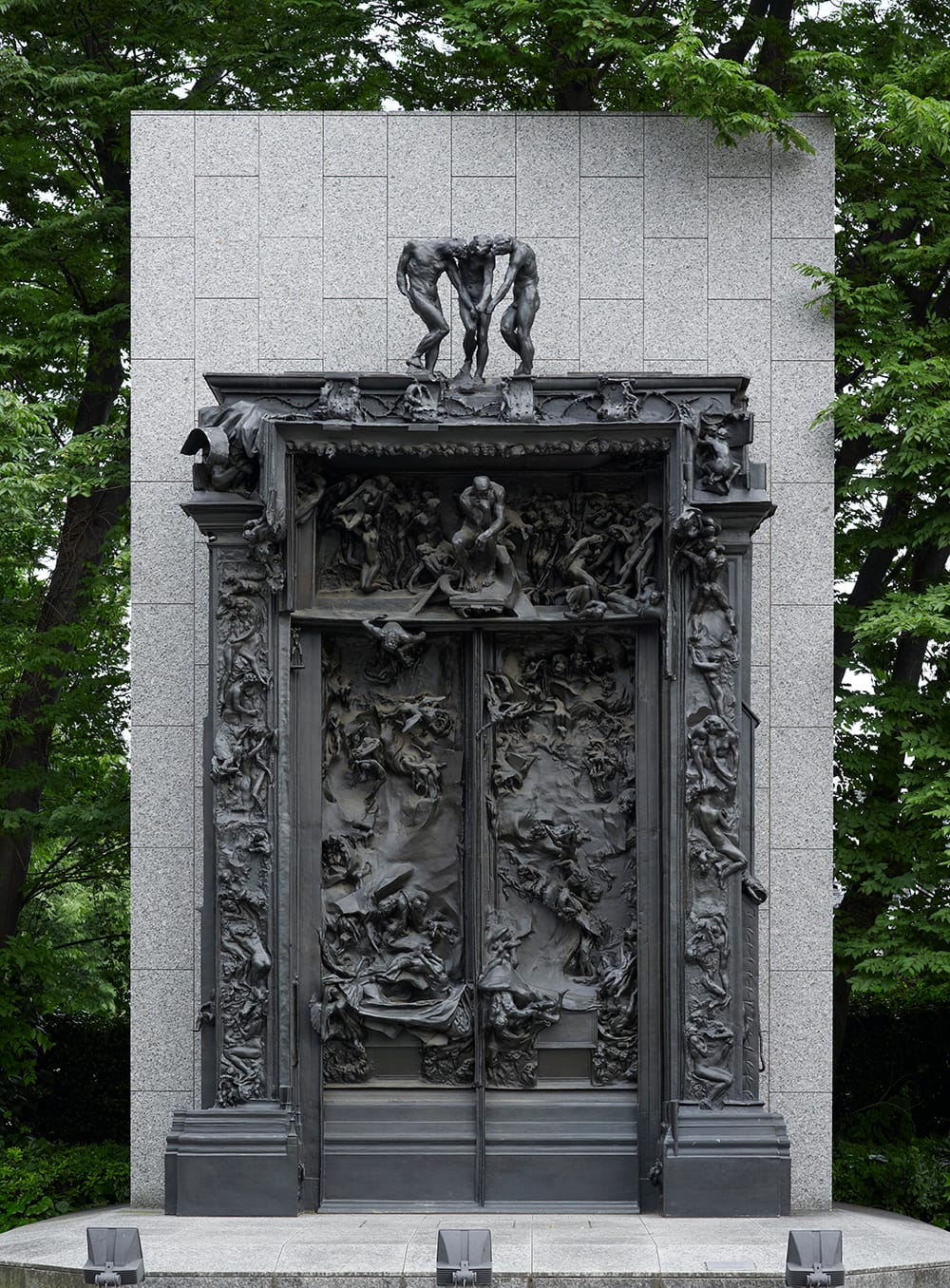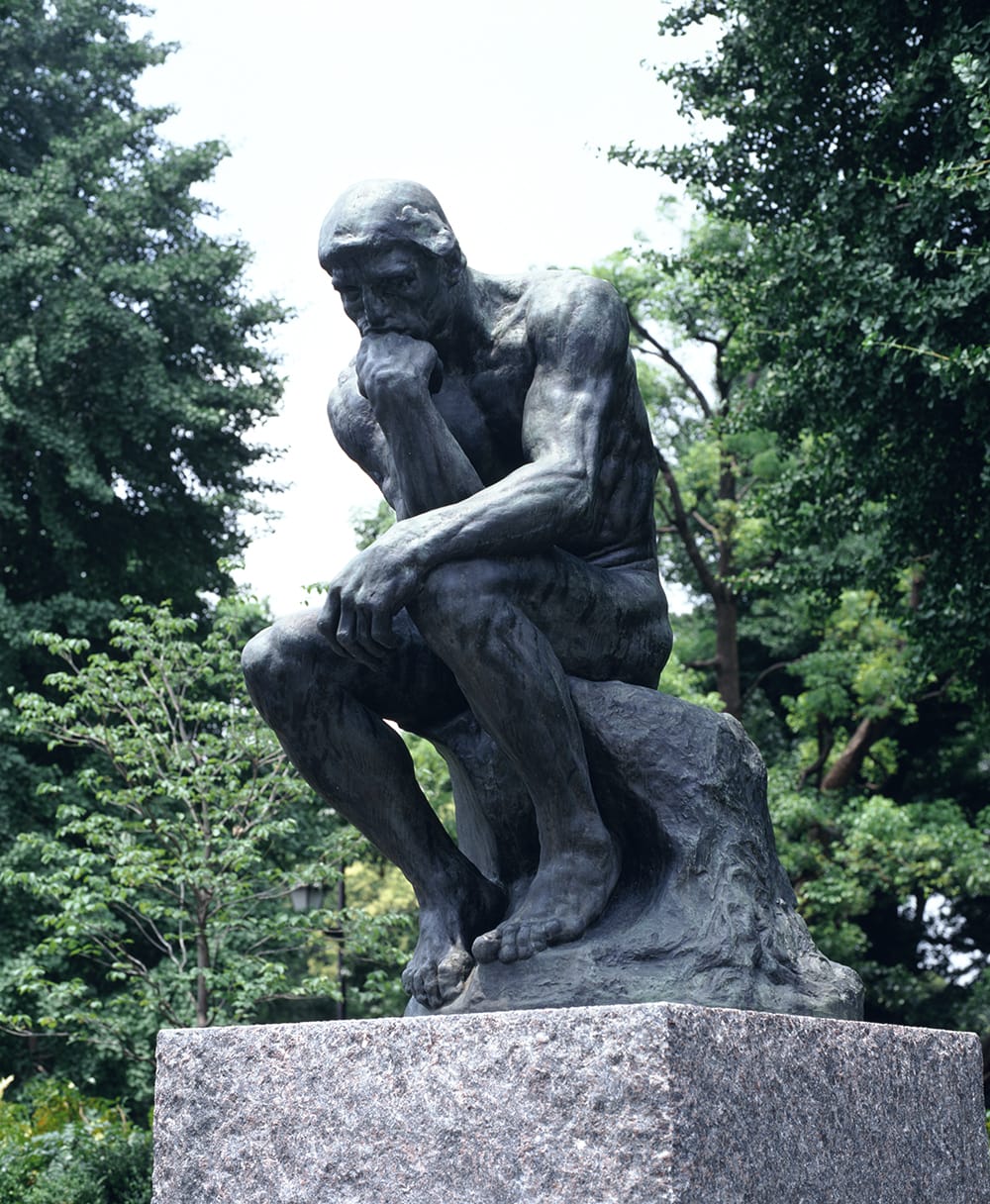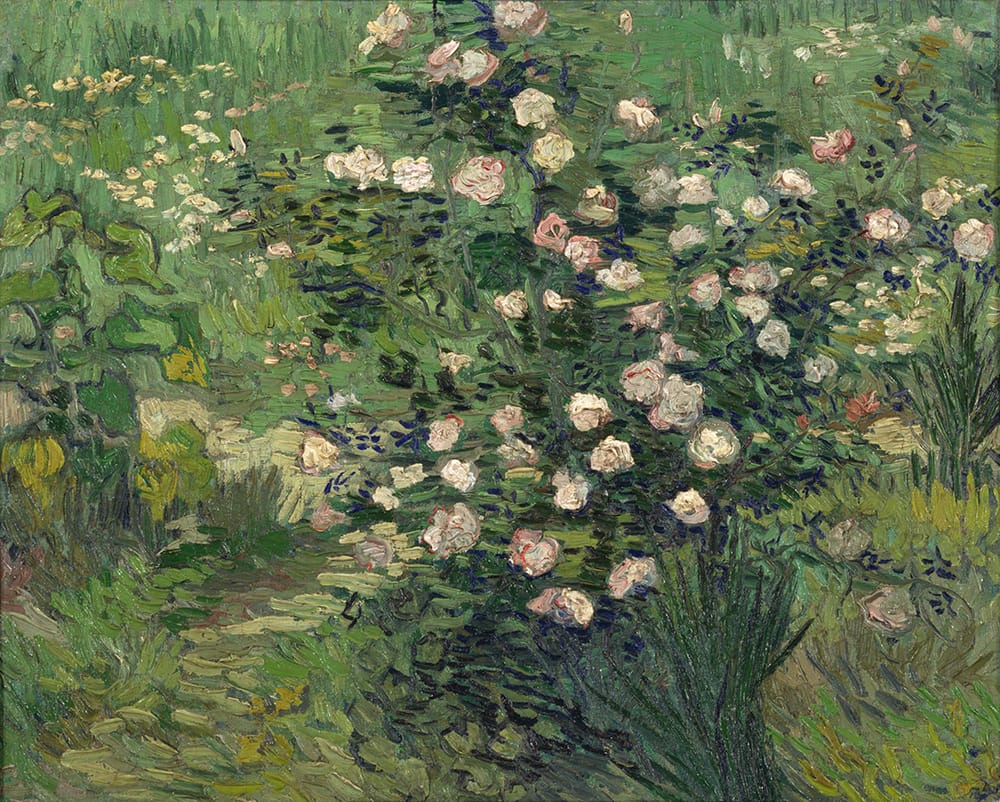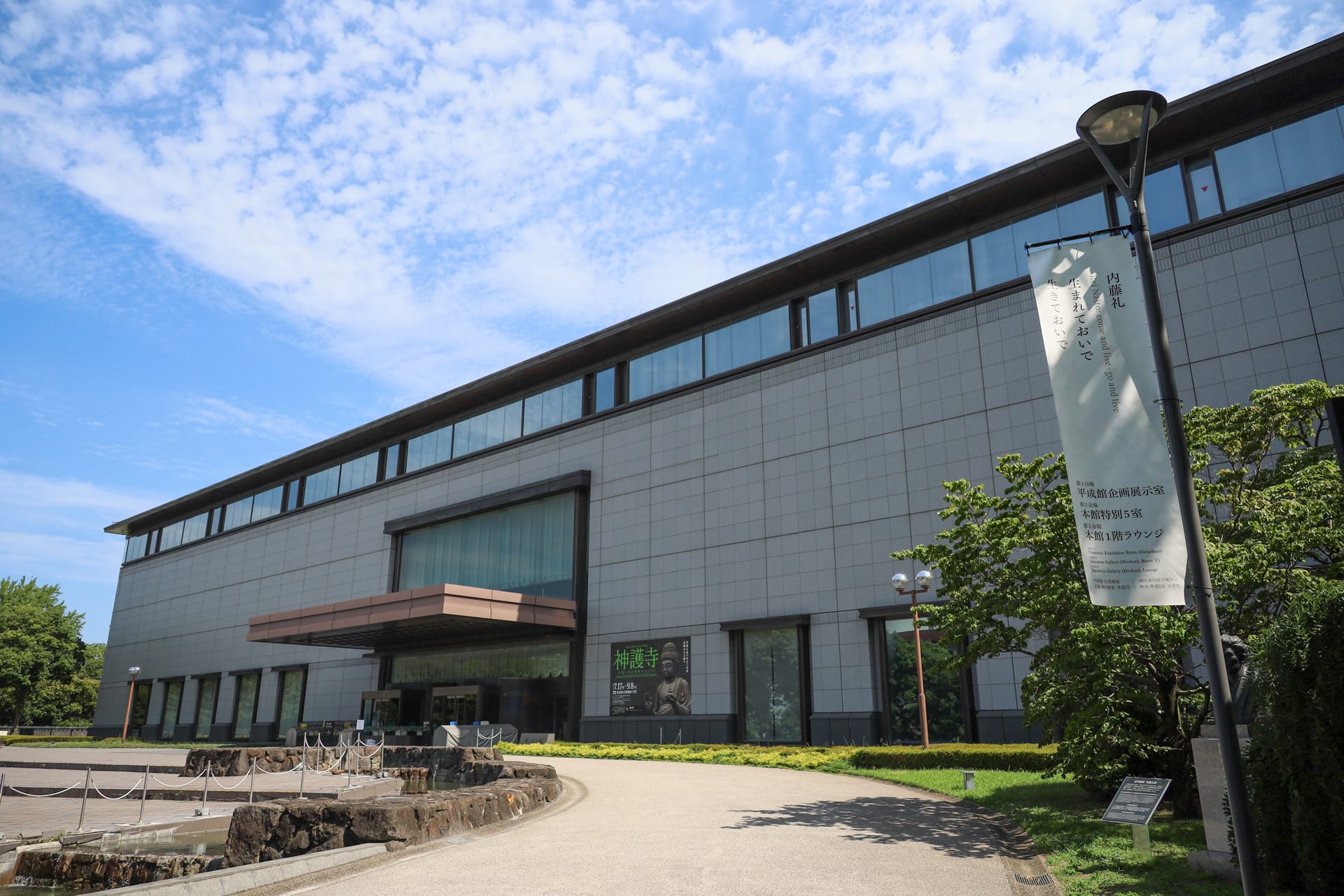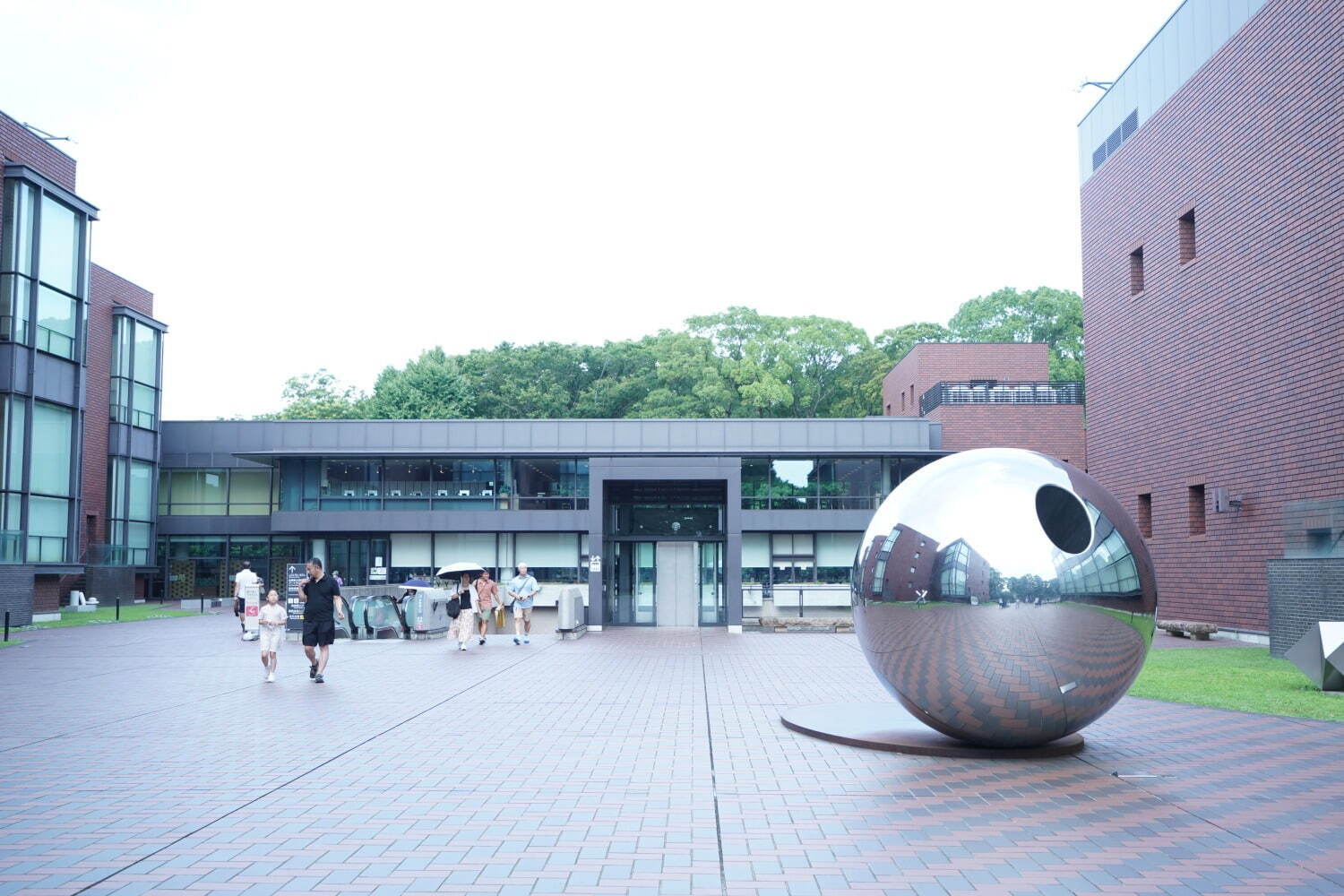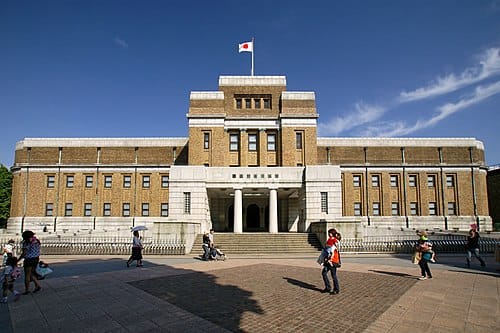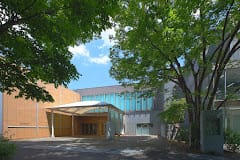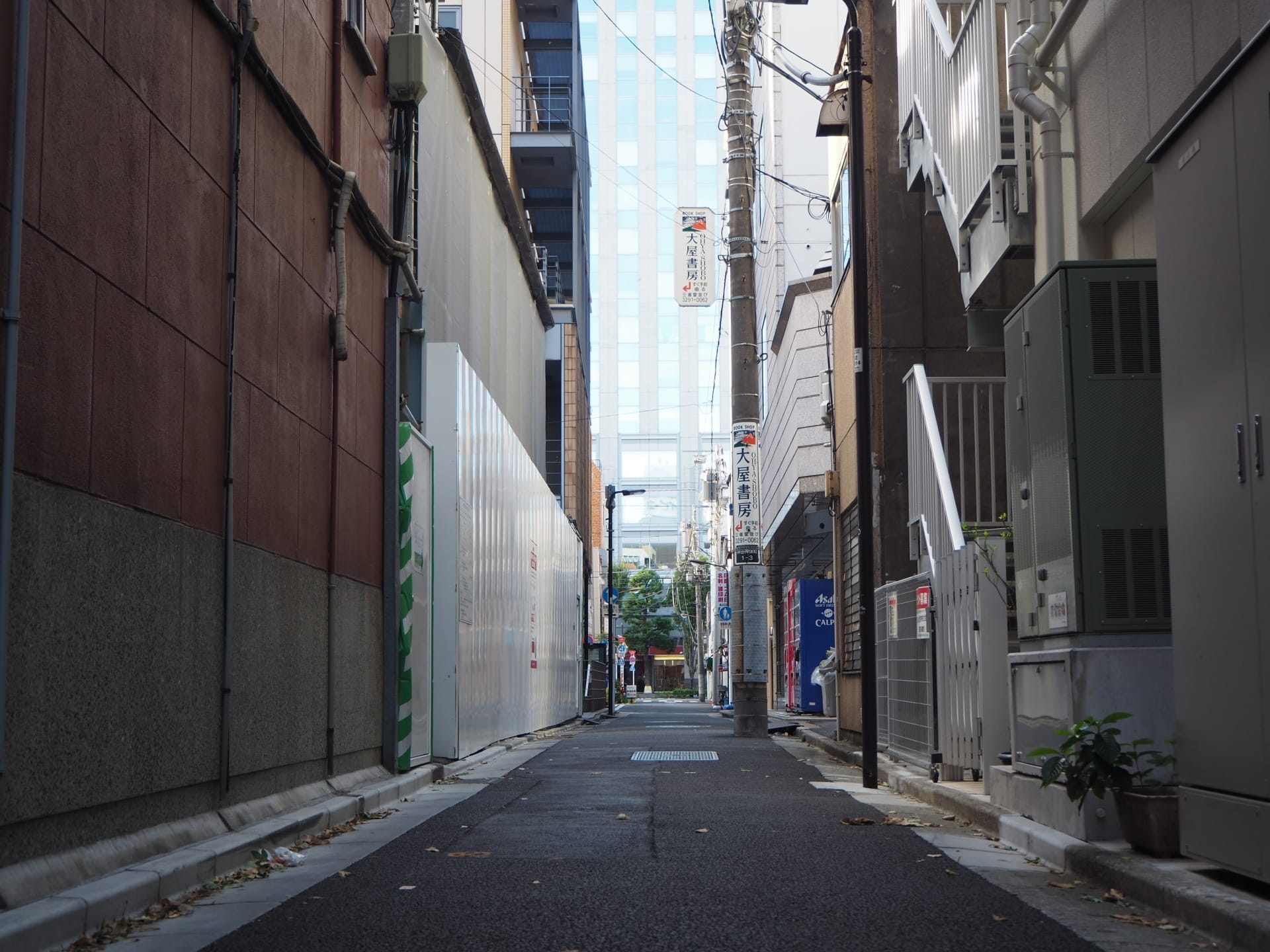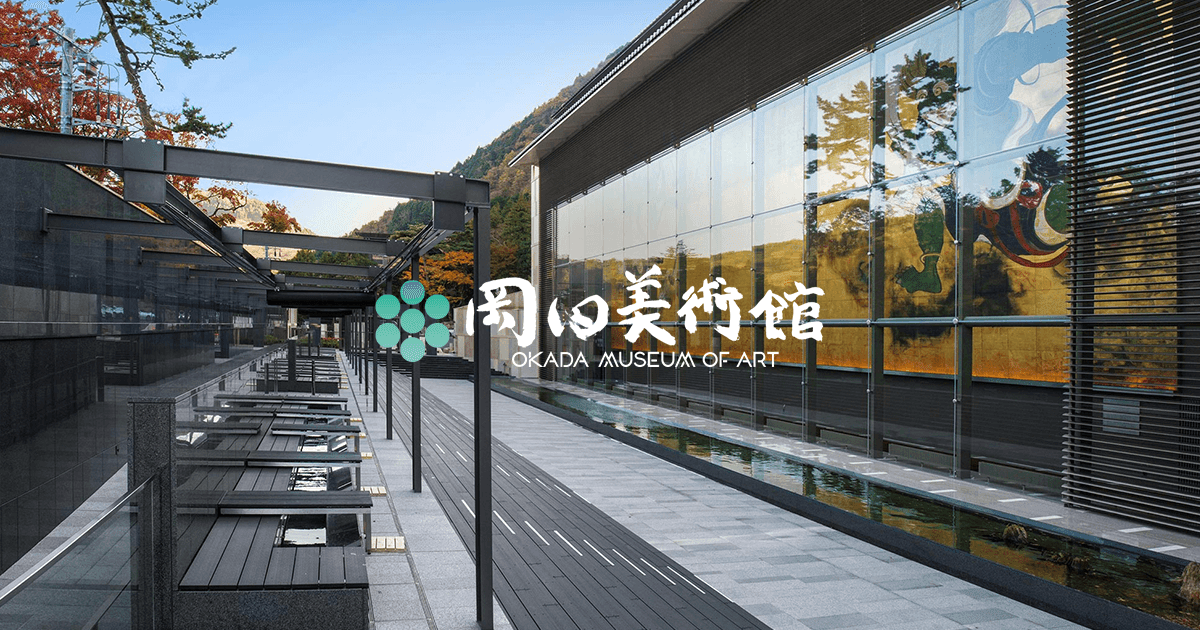Perfect Guide to The National Museum of Western Art at Ueno 2025
Since moving to a neighborhood adjacent to Shinjuku in 2024, I've been visiting many cities in Tokyo including Ueno almost daily to explore its appeal and discover spots I can recommend to tourists. I updated this article in January 2025 to incorporate my findings from this research, along with the latest information for 2025.
Another reason for updating the article is the growing interest in tours that allow visitors to safely and deeply experience Ueno's nightlife. With countless izakaya (Japanese pubs) packed into Ueno, tourists visiting for the first time find it extremely difficult to discover the truly excellent spots beloved by locals.
This is why food tours led by knowledgeable local guides who know Ueno inside and out have been gaining popularity, as they take visitors through Ueno's maze of izakaya establishments.
In fact, Magical Trip's tour, which ranked #1 among all tours on Tripadvisor, has been receiving numerous applications.

If you want to experience truly local-favorite izakayas in Ueno, one of Tokyo's premier drinking districts, join the "All-You-Can-Drink Bar Hopping Tour in Ueno." Not only will you discover hidden gems that tourists rarely find, but you'll also experience the Japanese culture of "shime" (end-of-night ritual).
For those who love retro neighborhoods, we also recommend the "Yanaka Historical Walking Tour in Tokyo's Old Town," which takes you through Yanaka, Ueno's neighboring district, with a local guide. It's an efficient and immersive way to enjoy this deeply traditional and historic area of Yanaka.
We hope you'll have a wonderful time experiencing everything Ueno has to offer by joining a Magical Trip tour!
Introduction
Ueno, located in Taito Ward, Tokyo, is a major tourist area with excellent access from the city center. As a Shinkansen stop, it's an incredibly convenient hub for sightseeing. Many tourists visit the Ueno area in combination with the nearby popular tourist destination, Asakusa.
While Ueno is often recognized for its izakayas and retro townscape that offer a deep Japanese experience, one of its lesser-known charms is the abundance of cultural facilities. Particularly around Ueno Onshi Park, there's a concentration of various cultural institutions and content, including museums, art galleries, and exhibitions from art universities, providing excellent opportunities to experience art and culture.
In this article, we'll introduce you to the charms of one of Japan's finest museums and a top attraction in Ueno Onshi Park: The National Museum of Western Art at Ueno.
The National Museum of Western Art at Ueno: A Premier Museum Showcasing Western Paintings and Sculptures
The National Museum of Western Art at Ueno, which opened in 1957, is Japan's only national museum specializing in Western art. It primarily exhibits Western paintings and sculptures from the 19th to early 20th centuries. A notable feature of this museum is the large collection of Impressionist works collected by Japanese industrialist Kojiro Matsukata.
Not only the exhibits but also the building itself, designed by the modernist architecture master Le Corbusier, is a highlight of The National Museum of Western Art at Ueno.
Its rich collection and architectural beauty are highly acclaimed internationally.
The National Museum of Western Art at Ueno: Established in 1957 and Beloved as One of Japan's Finest Western Art Museums
Source: TAITO City Official website
Opened in 1957, The National Museum of Western Art at Ueno has long been cherished as a leading exhibition hall for Western art in Japan. Located in the lush Ueno Park, it houses numerous works by renowned artists such as Renoir and Picasso, whose names are familiar to almost everyone.
Highly valued for its collection and historical significance as one of Japan's finest Western art museums, it serves as a precious venue for art appreciation for both domestic and international art enthusiasts.
Permanent Exhibition Featuring Paintings by Monet, Renoir, Van Gogh, Picasso, and Sculptures by Rodin
The permanent exhibition at The National Museum of Western Art at Ueno always offers the opportunity to appreciate works by famous Western painters such as Monet, Renoir, Van Gogh, Picasso, and sculptures by Rodin. Being able to view works by famous artists at any time is one of the great attractions of the permanent exhibition.
Furthermore, special exhibitions focus on specific painters or sculptors, providing unmissable opportunities for art fans.
Three Selected Highlights and Charms of The National Museum of Western Art at Ueno!
Numerous French Art Pieces, Centered on Impressionist Paintings and Rodin's Sculptures
Source: Official website
At the heart of The National Museum of Western Art at Ueno's collection are numerous masterpieces of Impressionist paintings and Rodin's sculptures.
The museum boasts a rich collection of works by French masters who were active from the 19th to the 20th century, including Monet, Renoir, and Picasso. Particularly worth seeing are Monet's "Water Lilies" series and Rodin's "The Thinker" and "The Gates of Hell".
Even those unfamiliar with art can enjoy seeing world-famous works up close, making it enjoyable for everyone from beginners to dedicated art fans.
We'll briefly introduce these representative works later.
The Main Building Designed by "Le Corbusier", Registered as a World Heritage Site
Source: Official website
The main building of The National Museum of Western Art at Ueno is Le Corbusier's only architectural work left in Japan. It reflects his concept of the "Infinitely Growing Museum", with exhibition spaces spiraling outwards, designed to accommodate expansion as the collection grows.
When it was initially registered as a World Heritage site, UNESCO pointed out that "part of the original design intent of the forecourt has been lost". However, following renovation work in 2022, the forecourt has been restored to its original appearance as intended by Le Corbusier at the time of opening.
The building itself is a work of art, making it a must-see spot for those interested not only in art but also in architecture.
The New Wing Designed by Kunio Mayekawa is Also Impressive
Source: Official website
The new wing of The National Museum of Western Art at Ueno, built in 1979, was designed by Kunio Mayekawa, a representative of modern Japanese architecture.
Mayekawa was a disciple of Le Corbusier, and the new wing strongly reflects his master's modernist architectural influence. The exterior uses green glazed tiles, also reflecting a uniquely Japanese aesthetic sensibility. Moreover, the design featuring light pouring in from the ceiling and the columns inherit Le Corbusier's philosophy.
It's a must-see spot for architecture fans who can enjoy not only the art pieces but also the building itself.
Numerous Special Exhibitions Held Frequently
The National Museum of Western Art at Ueno hosts a variety of special exhibitions throughout the year. Visitors can enjoy a wide range of genres, including exhibitions featuring works from specific periods such as Impressionism, Baroque, and Renaissance, as well as those themed around specific countries or cultures.
For example, a special exhibition themed on Monet's "Water Lilies" is scheduled for 2024, which will display collections on loan from the Musée Marmottan Monet in Paris, along with numerous Monet works from The National Museum of Western Art at Ueno's collection.
These special exhibitions offer the charm of deeply enjoying works from different perspectives and eras based on specific themes.
Introduction of Famous Works at The National Museum of Western Art at Ueno by Artist
The National Museum of Western Art at Ueno exhibits works by Western art masters such as Monet, Van Gogh, and Picasso.
This time, we'll focus on introducing works by Claude Monet, representing Impressionism, and Rodin, representing Realism.
Monet (Impressionism)
Claude Monet is a French painter representing Impressionism, known for his technique of capturing subtle changes in light and color. He often focused on nature and landscapes as subjects, and his paintings, with their delicate and dreamy touch, are loved worldwide.
Among his works, the "Water Lilies" series is particularly famous. Monet intensively painted the water lily pond from around 1898. The National Museum of Western Art at Ueno has the largest collection of Monet's works in Japan, including seven pieces in addition to the Water Lilies.
Water Lilies
Source: Official website
"Water Lilies" is one of the series painted in Monet's later years. It focuses on the water lilies floating in the pond in the garden of Monet's home. It captures the subtle changes of light reflecting on the water surface, skillfully expressing the passage of time.
There are nearly 300 works themed on water lilies worldwide. The piece exhibited at The National Museum of Western Art at Ueno was painted in 1916. It's a painting that allows you to experience the mystical beauty of the pond's surface and the strong emotion as if you were standing there yourself.
Boating
Source: Official website
"Boating", painted in 1887, depicts two women playing in a small boat on a river.
The characteristic of this work lies in the composition where the boat is cut in half and the entire background is the water surface. These techniques are said to originate from Japanese ukiyoe, and it's said that Monet's being a ukiyoe collector influenced this.
Rodin (Realism)
Auguste Rodin was a 19th-century French sculptor representing Realism. Realism is a technique that aims to precisely reproduce what is in front of you as it is. Moreover, it's characterized by not just seeking reality but also trying to give psychological meaning to the sculpture.
Rodin's works are known for capturing human emotions and movements extremely realistically. In particular, works such as "The Thinker" and "The Gates of Hell" have greatly influenced later art as techniques for expressing complex emotions.
The Gates of Hell
Source: Official website
"The Gates of Hell" is one of Rodin's masterpieces inspired by Dante's "Divine Comedy".
This grand sculpture represents the entrance to hell. Through this work, Rodin deeply explores sin, punishment, and salvation.
There are seven "Gates of Hell" in the world. The one installed in the garden of The National Museum of Western Art at Ueno was the first to be cast at the request of Kojiro Matsukata.
The Thinker
Source: Official website
"The Thinker" is perhaps the most famous and widely recognized of Rodin's sculptures. The depiction of a man deep in thought seems to convey human emotions realistically.
Currently, there are 21 "The Thinker" sculptures by Rodin worldwide, and four of them are in Japan. At The National Museum of Western Art at Ueno, it's installed in the forecourt and can be viewed for free by anyone during the museum's opening hours.
Works by Van Gogh, Cézanne, Renoir, Delacroix, and Others are Also Exhibited
Source: Official website
In addition to Monet and Rodin, The National Museum of Western Art at Ueno also exhibits works by Western art masters such as Van Gogh, Cézanne, Renoir, and Delacroix.
You can enjoy the unique styles of each painter, from Van Gogh's bold use of color, Cézanne's composition, Renoir's soft coloration, to Delacroix's dramatic expression.
The charm of The National Museum of Western Art at Ueno lies in being able to appreciate the historical development of Western art all in one place through these works.
Access and Basic Information for The National Museum of Western Art at Ueno
Address: 7-7 Ueno Park, Taito-ku, Tokyo
Access: 1 minute walk from JR "Ueno Station" (Park Exit)
7 minutes walk from Keisei Electric Railway "Ueno Station"
8 minutes walk from Tokyo Metro Ginza Line, Hibiya Line "Ueno Station"
Opening Hours: 9:30 - 17:30 (Friday and Saturday 9:30 - 20:00)
Closed: Every Monday
Phone: 050-5541-8600
Official Website: https://www.nmwa.go.jp/jp/index.html
Ueno Park Has Many Attractive Museums Besides The National Museum of Western Art at Ueno
TOKYO NATIONAL MUSEUM
Source: Official website
The Tokyo National Museum aims to collect and preserve cultural properties that are national treasures and appropriately pass them on to future generations. As Japan's oldest museum, it houses about 120,000 archaeological artifacts and art pieces from Japan and the East, overwhelming in both quality and quantity.
I carefully observed the display of armor and weapons worn by bushi (samurai) who were active from the 16th to 19th centuries in the main building. I was particularly impressed that these weapons were not just combat tools but also works of art imbued with the high skills and aesthetic sense of craftsmen.
With six exhibition halls, it's recommended to decide what you want to see in advance for an efficient visit. It's an especially recommended spot for those who love Japanese history and art.
Address: 13-9 Ueno Park, Taito-ku, Tokyo
Opening Hours: 9:30 - 17:00 (Friday and Saturday until 20:00)
Closed: Mondays (If Monday is a national holiday, open on Monday and closed the following weekday)
Phone: 050-5541-8600
Official Website: https://www.tnm.jp/
TOKYO METROPOLITAN ART MUSEUM
Source: FASHION PRESS
The Tokyo Metropolitan Art Museum, with its theme of being a "Gateway to Art," is Japan's first public art museum where you can enjoy special exhibitions featuring masterpieces from Japan and abroad, as well as various planned exhibitions.
The building, designed by Kunio Mayekawa, a master of Japanese modernist architecture, is itself a major attraction. The official website provides the "Tobikan Feature Map," a resource that summarizes the museum's highlights.
I also explored the museum with this map in hand and was fascinated by the detailed design of the building and the use of space. The charm of this museum lies in the fact that you can enjoy not only the exhibits but also the architecture itself.
With frequent exhibitions ranging from classical art to modern art, it's recommended to check the event information before visiting.
Address: 8-36 Ueno Park, Taito-ku, Tokyo
Opening Hours: 9:30 - 17:30
Closed: 1st and 3rd Mondays (If it falls on a national holiday, closed the following day)
Phone: 03-3823-6921
Official Website: https://www.tobikan.jp/
National Museum of Nature and Science
Source: Wikipedia
Founded in 1877, the National Museum of Nature and Science is Japan's only comprehensive science museum where you can enjoy a wide range of exhibits from dinosaur skeletons to the latest space technology.
The permanent exhibition displays fossils, taxidermy, and specimens of living creatures, providing an easy-to-understand introduction to how life has evolved through repeated birth and extinction.
Among these, the impressive video content "THEATER36◯" (Theater San-Roku-Maru) in the Japan Gallery is a must-see. The entire 12.8m diameter dome becomes a screen, projecting 360-degree video. When I experienced it, I was overwhelmed by the sense of presence, as if I had become part of the Earth, and was deeply moved.
The National Museum of Nature and Science is a spot where you can gain deep knowledge about Japan's natural history and the progress of science and technology.
Address: 7-20 Ueno Park, Taito-ku, Tokyo
Opening Hours: 9:00 - 17:00
Closed: Every Monday (If Monday is a holiday, closed on Tuesday)
Phone: 050-5541-8600
Official Website: https://www.kahaku.go.jp/
The Ueno Royal Museum
Source: Google Maps
The Ueno Royal Museum is the only private art museum in Ueno Onshi Park and only holds special exhibitions. It owns many prints depicting Ueno and hosts various genre exhibitions including ukiyo-e and manga exhibitions, in addition to its own planned exhibitions.
It's the museum closest to the statue of Saigo Takamori, famous as Japan's "Last Samurai," and the shop sells original goods featuring Saigo-san.
The goods are characterized by soft-touch illustrations that are very cute, and I couldn't help but purchase some myself.
The entire museum has a calm atmosphere, making it a place where you can relax and forget the hustle and bustle of everyday life, so please do visit.
Address: 1-2 Ueno Park, Taito-ku, Tokyo
Opening Hours: 10:00 - 17:00
Closed: Irregular
Phone: 03-3833-4191
Official Website: https://www.ueno-mori.org/

